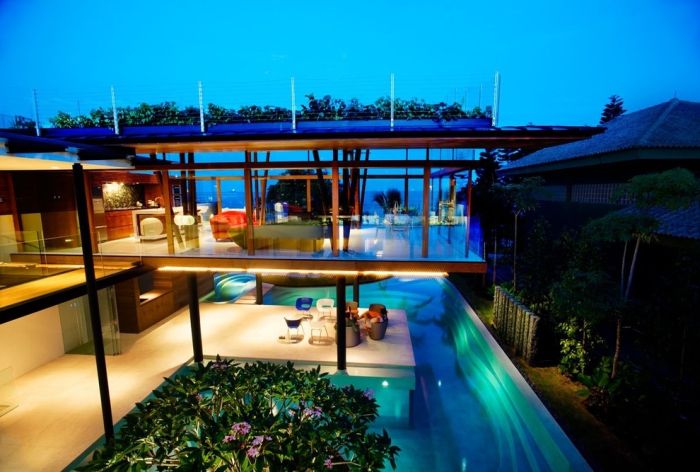|
|
Apartment
|
In ancient Rome, the insulae (singular insula) were large apartment buildings where the lower and middle classes of Romans (the plebs) dwelled. The floor at ground level was used for tabernas, shops and businesses with living space on the higher floors. Ancient Roman insulae in Rome and other imperial cities reached up to 10 and more stories, some with more than 200 stairs. Several emperors, beginning with Augustus (r. 30 BC-14 AD), attempted to establish limits of 20–25 m for multi-storey buildings, but met with only limited success. The lower floors were typically occupied by either shops or wealthy families, while the upper stories were rented out to the lower classes. Surviving Oxyrhynchus Papyri indicate that seven-story buildings even existed in provincial towns, such as in 3rd century Hermopolis in Roman Egypt.
• Egypt
During the medieval Arabic-Islamic period, the Egyptian capital of Fustat (Old Cairo) housed many high-rise residential buildings, some seven stories tall that could reportedly accommodate hundreds of people. In the 10th century, Al-Muqaddasi described them as resembling minarets, and stated that the majority of Fustat's population lived in these multi-storey apartment buildings, each one housing over 200 people. In the 11th century, Nasir Khusraw described some of these apartment buildings rising up to fourteen stories, with roof gardens on the top storey complete with ox-drawn water wheels for irrigating them.
By the 16th century, the current Cairo also had high-rise apartment buildings, where the two lower floors were for commercial and storage purposes and the multiple stories above them were rented out to tenants.
|
|









